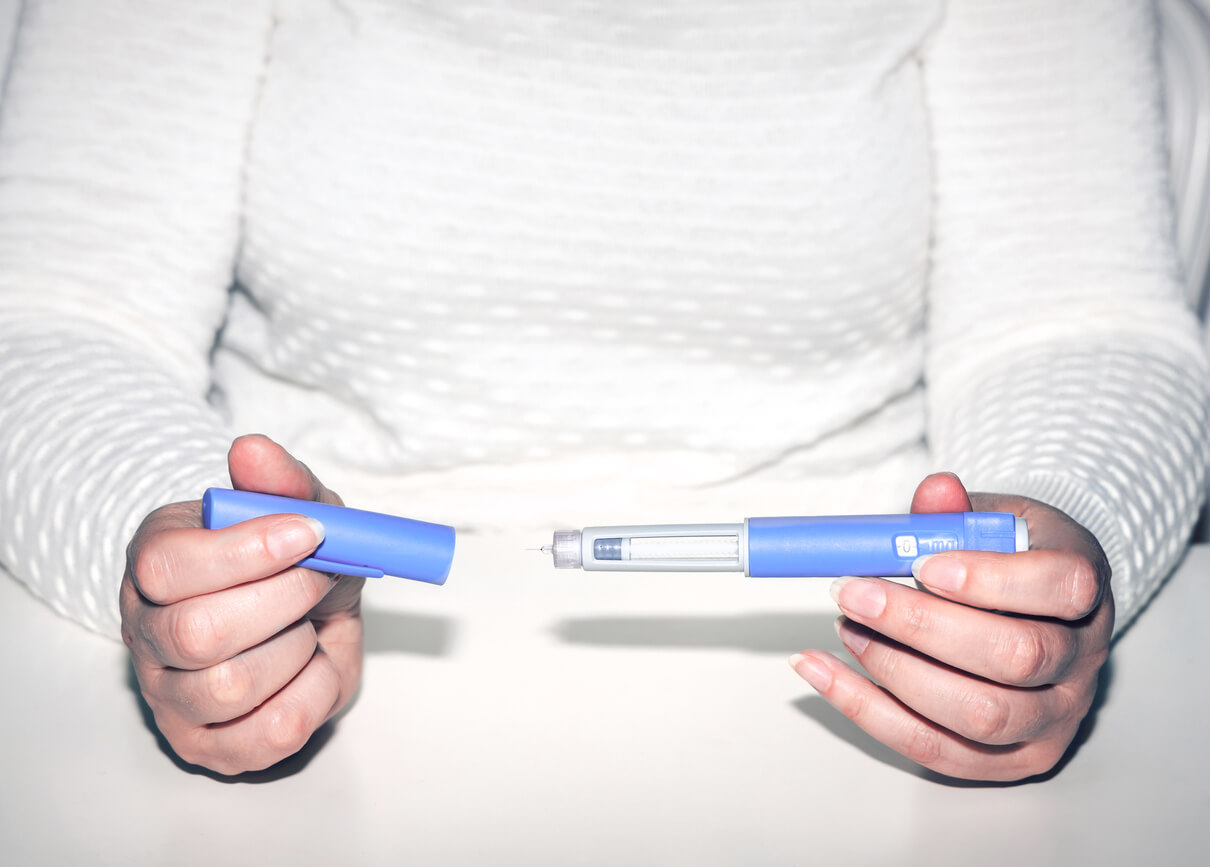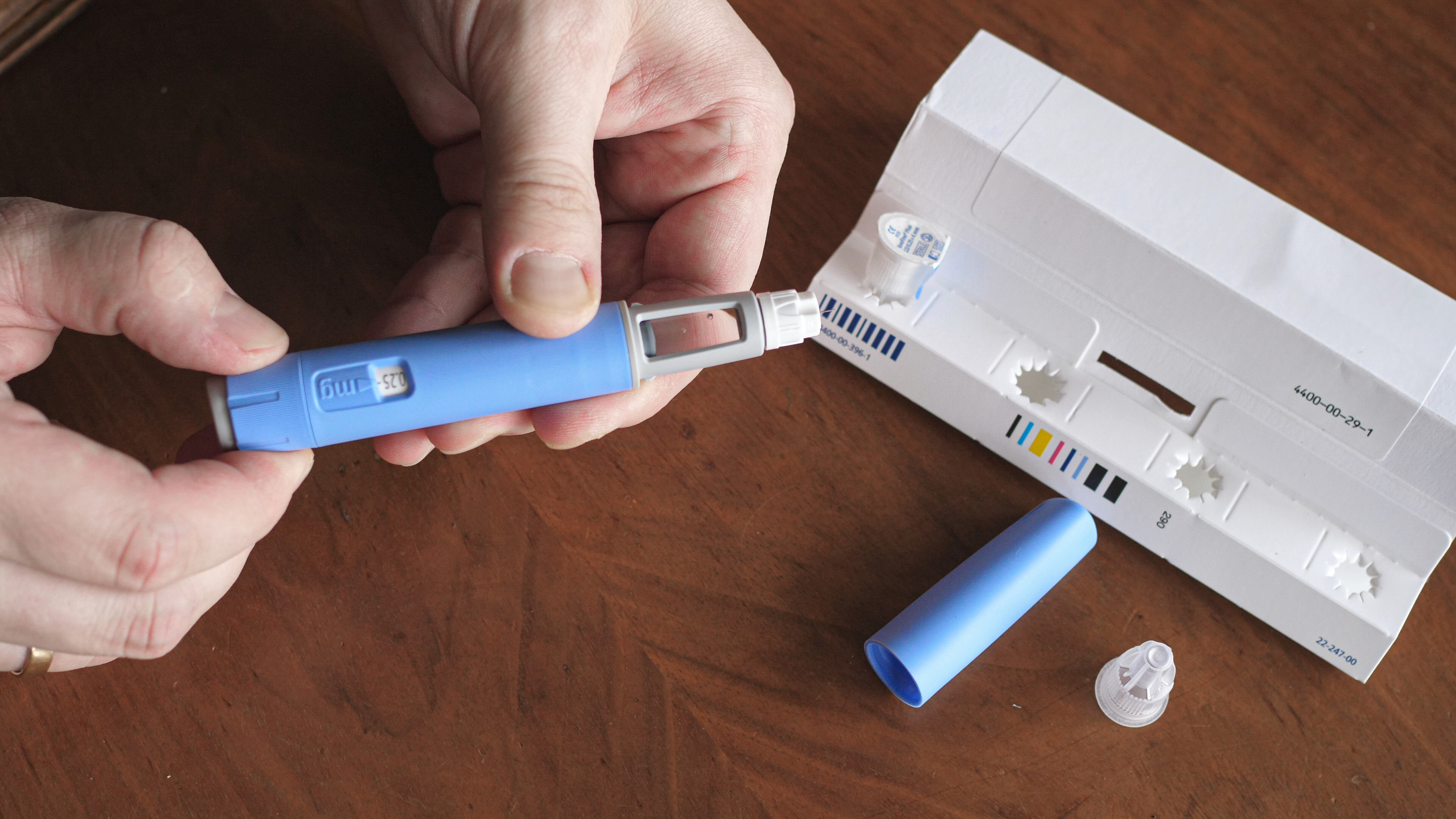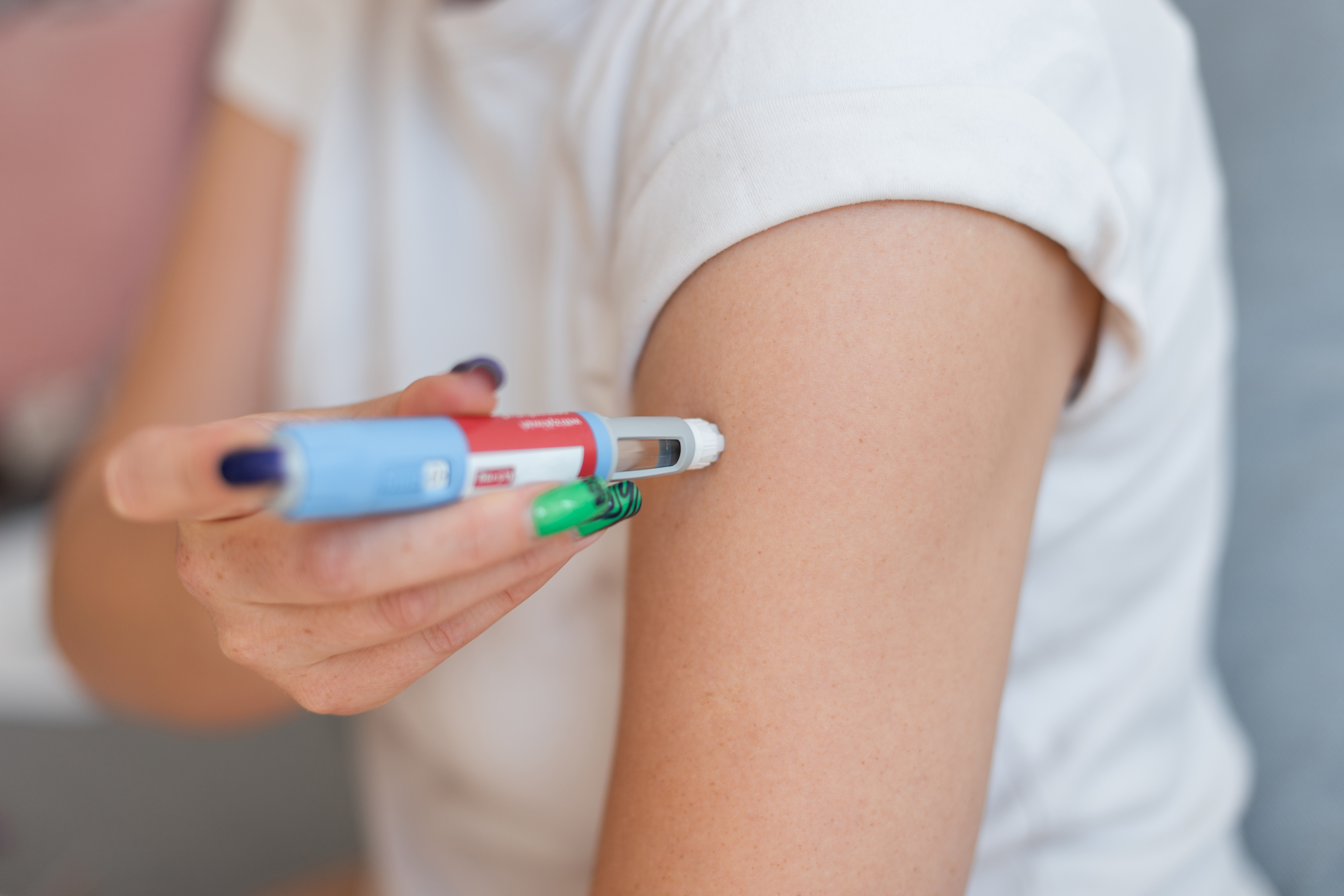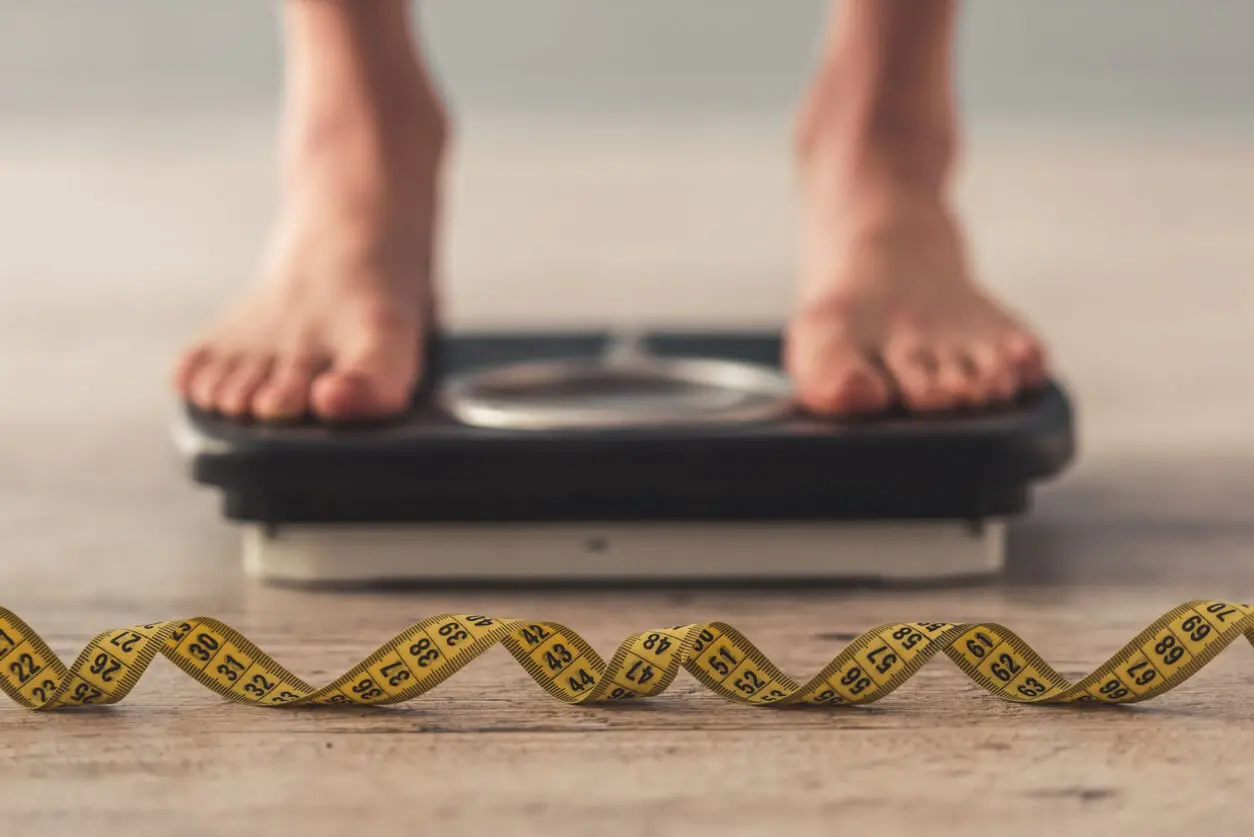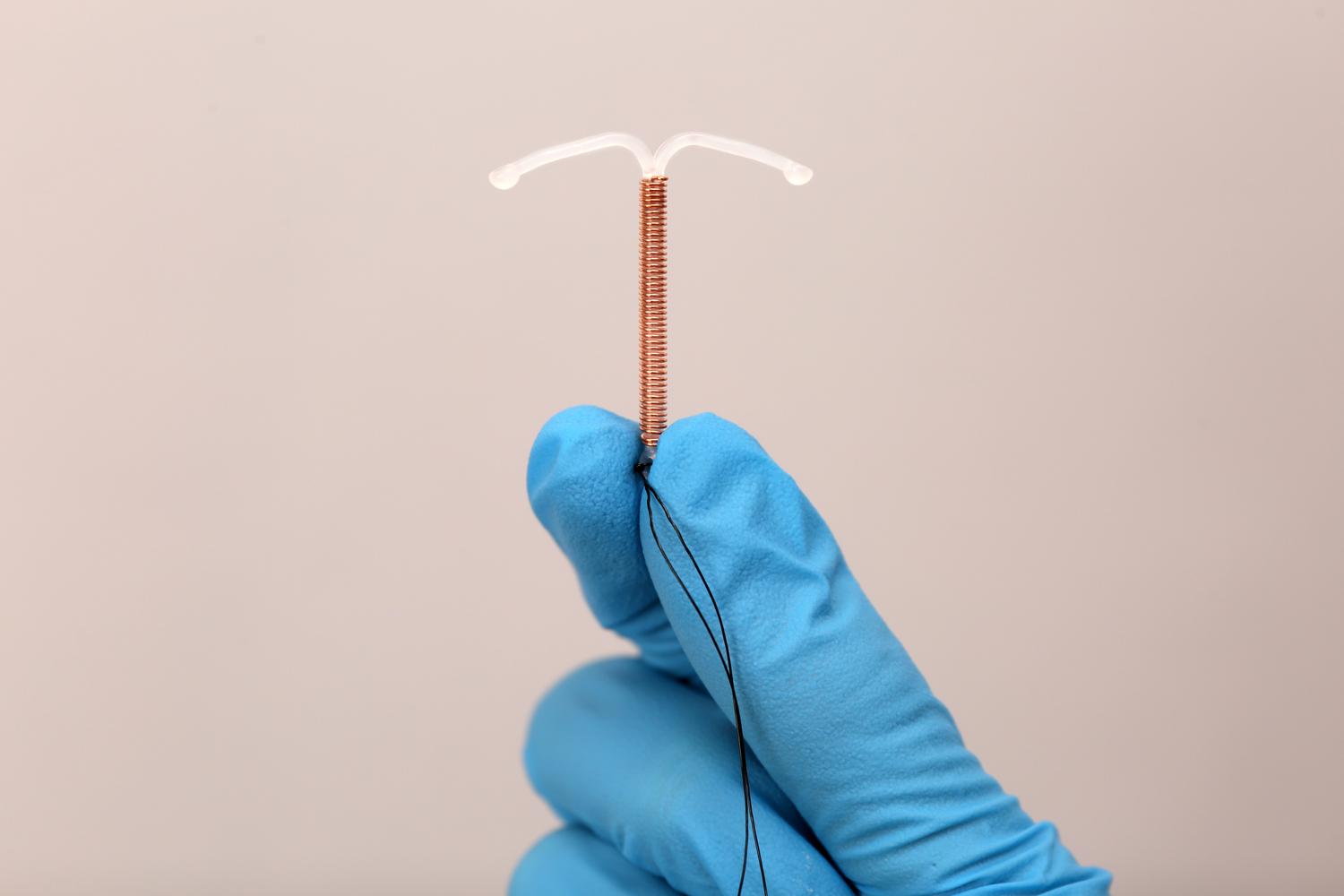Ozempic Face: What It Is, How to Avoid It, and How to Treat It
Understanding this surprising side effect of Ozempic and what you can do about it
The prescription weight loss medication Ozempic (semaglutide) is becoming one of the best-known brand-name drugs available. You may have heard it get a shout-out at an award show or by your favorite social media influencer.
Ozempic, made by Novo Nordisk, is FDA-approved to manage blood sugar in patients with type 2 diabetes and to treat chronic kidney disease in diabetic patients. It is also prescribed for off-label use as a weight management aid in patients who have overweight or obesity.
Ozempic has become famous for its effectiveness in helping patients reach their desired body weight. It is also gaining popularity for a different reason: a side effect known as “Ozempic face.” “Ozempic face” refers to facial changes that may be brought about by Ozempic use. This article will explore what Ozempic face is, what it means, and what you can do about it.
What is Ozempic?
Ozempic is a brand-name prescription medication used to manage blood sugar levels in patients with type 2 diabetes. It contains the diabetes drug semaglutide. Semaglutide is an artificial form of the hormone GLP-1 (glucagon-like peptide 1).
GLP-1 is a hormone in our body that helps control our blood sugar. It's made in our intestines when we eat. This hormone does a few important things. First, it tells our pancreas to release insulin, which lowers our blood sugar when it's too high. Second, it stops another hormone called glucagon, which increases blood sugar. Third, it slows down how fast our stomach lets food into our blood, so our blood sugar doesn't go up too quickly. Lastly, it can make us feel less hungry, which can help us manage our weight.
Ozempic mimics these effects, which help regulate blood sugar and body weight in patients with type 2 diabetes. These actions also help patients lose weight along with a healthy diet and exercise. This effect has led to healthcare providers prescribing Ozempic off-label for weight management.
What are the side effects of Ozempic?
Aside from rapid weight loss, Ozempic can cause side effects such as:
- Upset stomach
- Diarrhea
- Constipation
- Vomiting
More severe side effects include:
- Pancreatitis (inflammation of the pancreas)
- Low blood sugar (hypoglycemia)
- Vision changes
- Increased risk of thyroid cancer or tumors
- Allergic reactions like skin rash, swelling, breathing difficulties
Note that “Ozempic face” is not among these effects. Changes to your face are caused by weight loss brought about by Ozempic, not the drug itself.
What is Ozempic face?
You can’t find “Ozempic face” in any medical dictionary. This term was coined by Dr. Paul Jarrod Frank, a cosmetic dermatologist, in the New York Times. He used it to describe changes in facial appearance caused by rapid weight loss brought on by Ozempic use.
Our body sheds stores of fat when we lose weight. This includes the face. Significant weight loss causes facial fat loss, making the skin appear saggy or gaunt. This facial volume loss can be alarming. When we gradually lose weight, we see slow changes in our body. Losing a large amount of weight fast can make these changes seem sudden and problematic.
“Ozempic face” is not a side effect of Ozempic use. It is a side effect of weight loss. Ozempic does not specifically target facial fat. Changes to your facial appearance are incidental to your weight loss.
Why does weight loss affect the face?
Facial fat is not necessarily a bad thing. It serves as a cushion to protect delicate structures in the face. Aesthetically, it helps smooth out skin and gives the face a rounded and youthful look. Picture those cherubs in old paintings or a healthy baby. We admire their supple cheeks and rounded faces. You’d worry about a baby that looks like Adrien Brody.
When fat lives beneath the skin in the face, it stretches it out. When those fat stores start to disappear, that stretched and rounded skin loses the cushioning behind it. But those loose elastin fibers in the skin are still there.
Loose proteins in the skin cause the appearance of loose skin. Someone who has quickly lost weight in their face may have jowls or extra skin hanging from the neck area.
Significant loss of fat also reduces the skin’s elasticity. It’s like a rubber band stretched too far for too long. Reduced elasticity can increase the signs of aging, like wrinkles and lines in the face.
In sum, taking Ozempic along with lifestyle changes can cause changes such as:
- Loose or saggy skin on the face or neck
- Increased signs of aging (wrinkles or lines)
- Drooping eyelids
- A gaunt or hollowed-out look
These side effects are superficial and cause few, if any, complications for the patient. Ultimately, the benefits of taking Ozempic or any other weight loss drug outweigh the changes to your appearance they may cause. Still, you should consult a healthcare professional or dermatologist to see what you can do to restore your face shape and skin health.
Can I prevent Ozempic face?
Yes and no. There is only so much you can do to prevent excess skin when you are quickly losing weight. There are some things you can do, though, to help maintain your skin health as your body changes.
Hydrate: Dehydration can increase the appearance of wrinkles and lines in the face. Ensure you drink plenty of water throughout the day to keep your skin hydrated from the inside out, promoting a soft and supple complexion. Proper hydration also supports the skin's ability to repair itself. It reduces the risk of dryness and can help minimize the appearance of wrinkles and fine lines.
Use skincare products: Moisturizers and other hydrating skin care products help keep your skin looking healthy and full. While a moisturizing lotion won’t necessarily prevent all facial changes from weight loss, it can maintain the appearance of the skin.
Use tretinoin-containing products: Topical creams like tretinoin (brand: Retin-A) can be used, along with sunlight avoidance, to decrease fine wrinkles in the skin.
Avoid sun exposure: Limit sun exposure and apply sunscreen daily before going outside. Sun exposure can increase lines and wrinkles in your face and may cause sunspots. These side effects can make your skin look older and more worn out. Again, apply sunscreen daily and wear hats with a brim that shades your face when going outside to reduce the sun’s effect on your skin.
Eat a protein-rich diet: Protein intake is essential for collagen production, a protein that makes up the skin’s cellular structure. Eating a protein-rich diet can improve the strength and elasticity of your skin. It can also protect your skin from environmental damage.
What else can I do?
The tips above are the most cost-effective way to keep your skin healthy and supple. However, there’s only so much good skin care can do to reduce the effects of rapid weight loss.
If you are worried about how taking Ozempic will affect your appearance or experiencing facial changes, you may consider more intensive forms of treatment.
Dermal fillers: Dermal fillers are compounds that are injected just below the skin in the face to smooth wrinkles and lines. They are generally less invasive than plastic surgery and usually cost less than a facelift procedure. Fillers are absorbed into the body over time. You must repeat the injection process every few months or years to maintain your desired appearance. The cost of fillers varies, but you should expect to pay upwards of $500 every time you go in.
Microneedling: Microneedling involves sticking tiny needles into the skin. This encourages the production of collagen, which plays a significant role in skin health and facial structure. This process can also reduce the appearance of scars and aging. Expect to pay upwards of $400 for a microneedling session.
Platelet-rich plasma (PRP) injections: Plasma injections might improve skin texture and appearance, though rigorous formal studies backing up the procedure are lacking. PRP Injections are thought to work via growth factor proteins inserted into the face to repair tissue and encourage collagen production. Multiple procedures may be needed, and results may vary from person to person. You should plan on paying upwards of $500 per session of PRP injections.
These are just a few of the advanced treatment options for changes in facial appearance caused by weight loss. Talk to a board-certified dermatologist before undergoing any procedure. Make sure it will effectively improve your skin’s appearance. Patients may experience different results from these operations, which are not cheap. It’s best to get professional medical advice to get the proper treatment for your budget.
How Sesame can help
Want to talk to a board-certified dermatologist today? Sesame offers convenient and affordable online dermatology appointments with top licensed skin care providers. These low-key visits can help you maintain your skin’s wellness. They can also offer medical advice regarding the best treatment options for you.

